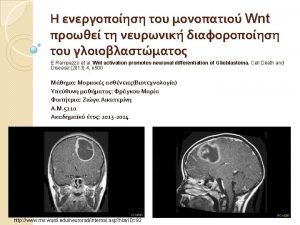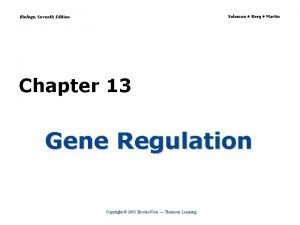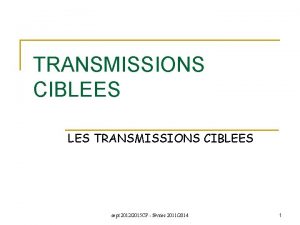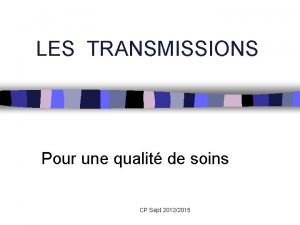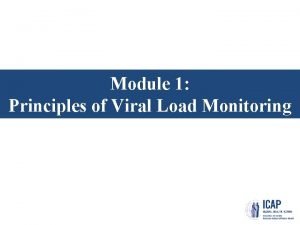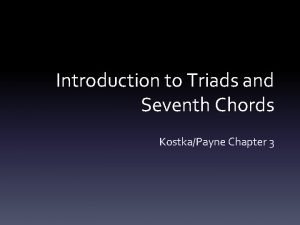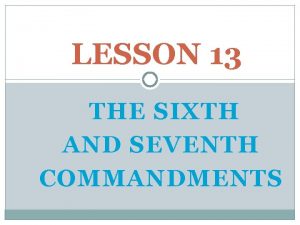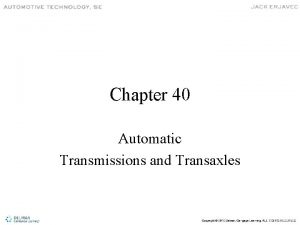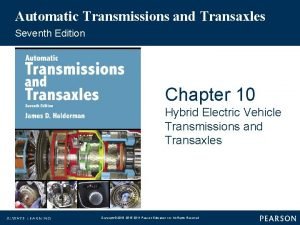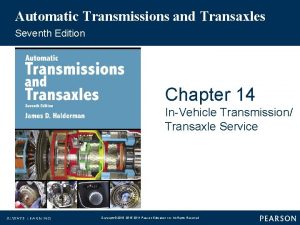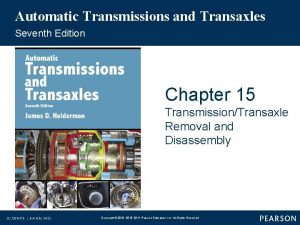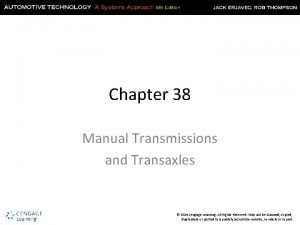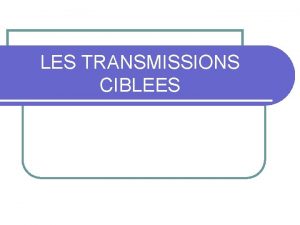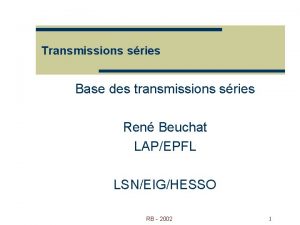Automatic Transmissions and Transaxles Seventh Edition Chapter 11
















- Slides: 16

Automatic Transmissions and Transaxles Seventh Edition Chapter 11 Continuously Variable Transmissions Copyright © 2018, 2015, 2011 Pearson Education, Inc. All Rights Reserved

FIGURE 11– 1 A typical CVT transaxle cutaway showing the torque converter and CVT belt. Copyright © 2018, 2015, 2011 Pearson Education, Inc. All Rights Reserved

FIGURE 11– 2 A belt and pulley CVT uses variable-width pulleys to provide an infinite number of speed ratios. Copyright © 2018, 2015, 2011 Pearson Education, Inc. All Rights Reserved

FIGURE 11– 3 Engine speed and vehicle speed of a CVT transaxle compared to a typical six-speed conventional automatic transaxle. Copyright © 2018, 2015, 2011 Pearson Education, Inc. All Rights Reserved

FIGURE 11– 4 The drive pulley is wide while the driven pulley is narrow for a low ratio vehicle start (left). The ratio changes by making the drive pulley narrow and the driven pulley wider. Copyright © 2018, 2015, 2011 Pearson Education, Inc. All Rights Reserved

FIGURE 11– 5 A Typical push-type CVT belt construction. Copyright © 2018, 2015, 2011 Pearson Education, Inc. All Rights Reserved

FIGURE 11– 6 The pull chain looks similar to a silent chain. Copyright © 2018, 2015, 2011 Pearson Education, Inc. All Rights Reserved

FIGURE 11– 7 Block diagram showing the relationship between the TCM, electrical actuators, valve body, and hydraulic actuators for a CVT transmission. Copyright © 2018, 2015, 2011 Pearson Education, Inc. All Rights Reserved

FIGURE 11– 8 (a) The stepper motor and pulley ratio link with the CVT in low ratio. (b) The stepper motor has extended, moving the ratio link and ratio control valve; this should cause the primary pulley to become narrower to produce a higher ratio. Copyright © 2018, 2015, 2011 Pearson Education, Inc. All Rights Reserved

FIGURE 11– 9 Movement of either the stepper motor or primary floating sheave will move the ratio control valve to add or remove fluid from the primary pulley. The secondary valve maintains the necessary pulley pressure on the drive belt. Copyright © 2018, 2015, 2011 Pearson Education, Inc. All Rights Reserved

FIGURE 11– 10 Honda CVT power flow in park (P) and neutral (N). Copyright © 2018, 2015, 2011 Pearson Education, Inc. All Rights Reserved

FIGURE 11– 11 Honda CVT operation in drive (D) or low (L). Copyright © 2018, 2015, 2011 Pearson Education, Inc. All Rights Reserved

FIGURE 11– 12 Location of the Honda CVT start clutch. The start clutch has been eliminated and replaced by a torque converter in newer models. Copyright © 2018, 2015, 2011 Pearson Education, Inc. All Rights Reserved

FIGURE 11– 13 The pressure tap locations as found on a Dodge Caliber CVT transaxle. Copyright © 2018, 2015, 2011 Pearson Education, Inc. All Rights Reserved

FIGURE 11– 14 Using the exact fluid recommended by the vehicle manufacturer is the preferred choice when servicing a CVT transaxles. Copyright © 2018, 2015, 2011 Pearson Education, Inc. All Rights Reserved

FIGURE 11– 15 The “fix” to the customer concern was to perform a relearn procedure using the gear selector following the instructions found in a TSB. Copyright © 2018, 2015, 2011 Pearson Education, Inc. All Rights Reserved
 Human anatomy and physiology seventh edition marieb
Human anatomy and physiology seventh edition marieb Database system concepts seventh edition
Database system concepts seventh edition Principle of information system
Principle of information system Molecular biology of the cell seventh edition
Molecular biology of the cell seventh edition Biology seventh edition
Biology seventh edition Macrocible infirmier
Macrocible infirmier Les transmissions écrites et orales
Les transmissions écrites et orales Hiv transmissions
Hiv transmissions Introduction to triads and seventh chords
Introduction to triads and seventh chords Using mis (10th edition) 10th edition
Using mis (10th edition) 10th edition Using mis 10th edition
Using mis 10th edition The fifth, sixth, seventh, and eighth amendments protect *
The fifth, sixth, seventh, and eighth amendments protect * 7th commandment worksheet
7th commandment worksheet The devil from seventh grade
The devil from seventh grade The seventh man character traits
The seventh man character traits What commandment is thou shall not steal
What commandment is thou shall not steal First circle of hell dante
First circle of hell dante



